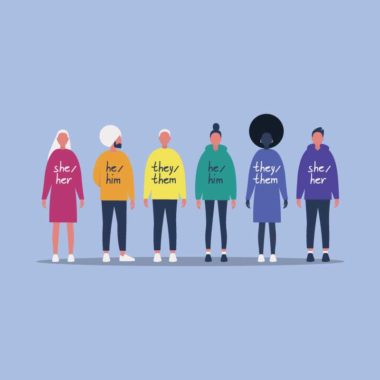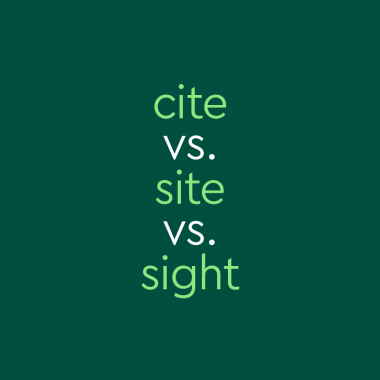The Evolving Terms of Sexuality And Romantic Attraction
by Rory Gory Pansexual, skoliosexual, asexual biromantic. How young queer people are identifying their sexual and romantic orientations is expanding—as is the language they use to do it. More than 1 in 5 LGBTQ youth use words other than lesbian, gay, and bisexual to describe their sexualities, according to a new report based on findings from The Trevor Project’s National Survey on LGBTQ Youth Mental …



![A dark blue background with an upside-down image of a man wearing virtual reality goggles. Imposed on the background is a list of words in white outline: UAP, parklet, memeify, new words [in bold white letters], metaverse, throuple, wabi-sabi](https://www.dictionary.com/e/wp-content/uploads/2022/03/20220325_newWords_800x800-380x380.png)







